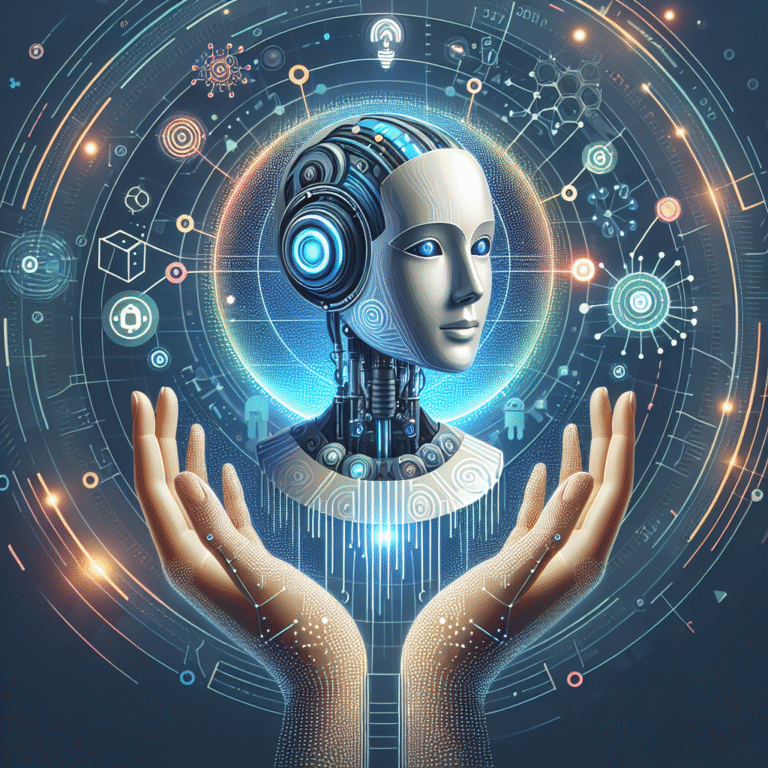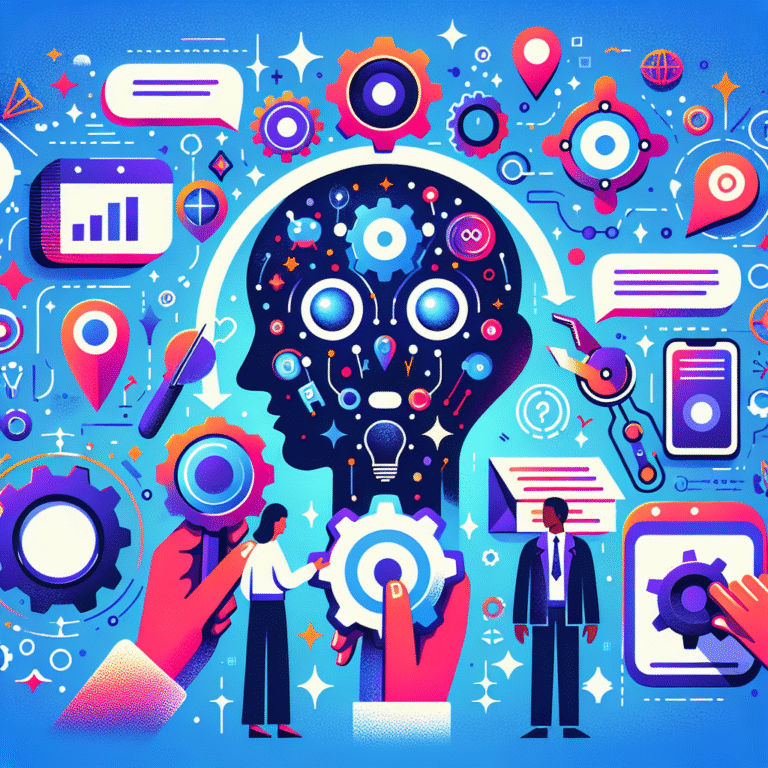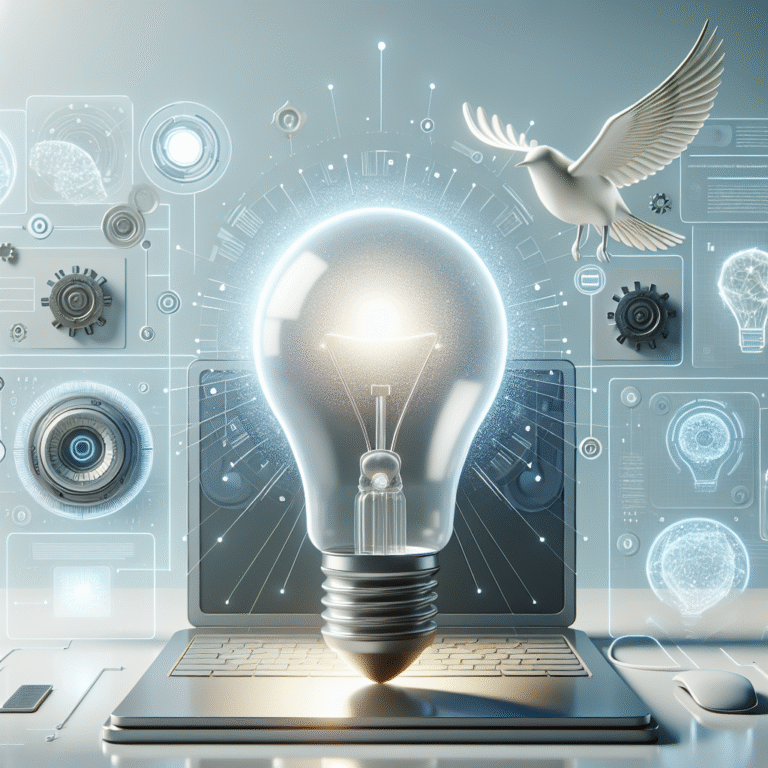How to Prompt AI to Create an Image
Prompting AI to create an image is a complex task that requires a deep understanding of natural language processing, computer vision, and machine learning. The ability to generate high-quality images from text prompts has numerous applications in fields such as art, design, and entertainment. To prompt AI to create an image, one must first understand the basics of how AI image generation works. AI image generation typically involves the use of deep learning models, such as generative adversarial networks (GANs) or variational autoencoders (VAEs), which are trained on large datasets of images. These models learn to represent images as a set of latent variables, which can then be manipulated to generate new images. When prompting AI to create an image, the goal is to provide a text description that can be used to generate a specific image. This requires a careful consideration of the language used, as well as the context in which the image will be used. For example, if one wants to generate an image of a cat, they might use a prompt such as “a cat sitting on a windowsill” or “a cat playing with a ball of yarn”. The specificity of the prompt will depend on the desired level of detail and realism in the generated image. In addition to the prompt itself, there are also various parameters that can be adjusted to control the image generation process, such as the style, color palette, and level of abstraction. By carefully crafting the prompt and adjusting these parameters, it is possible to generate high-quality images that meet specific needs and requirements.
Understanding AI Image Generation Models
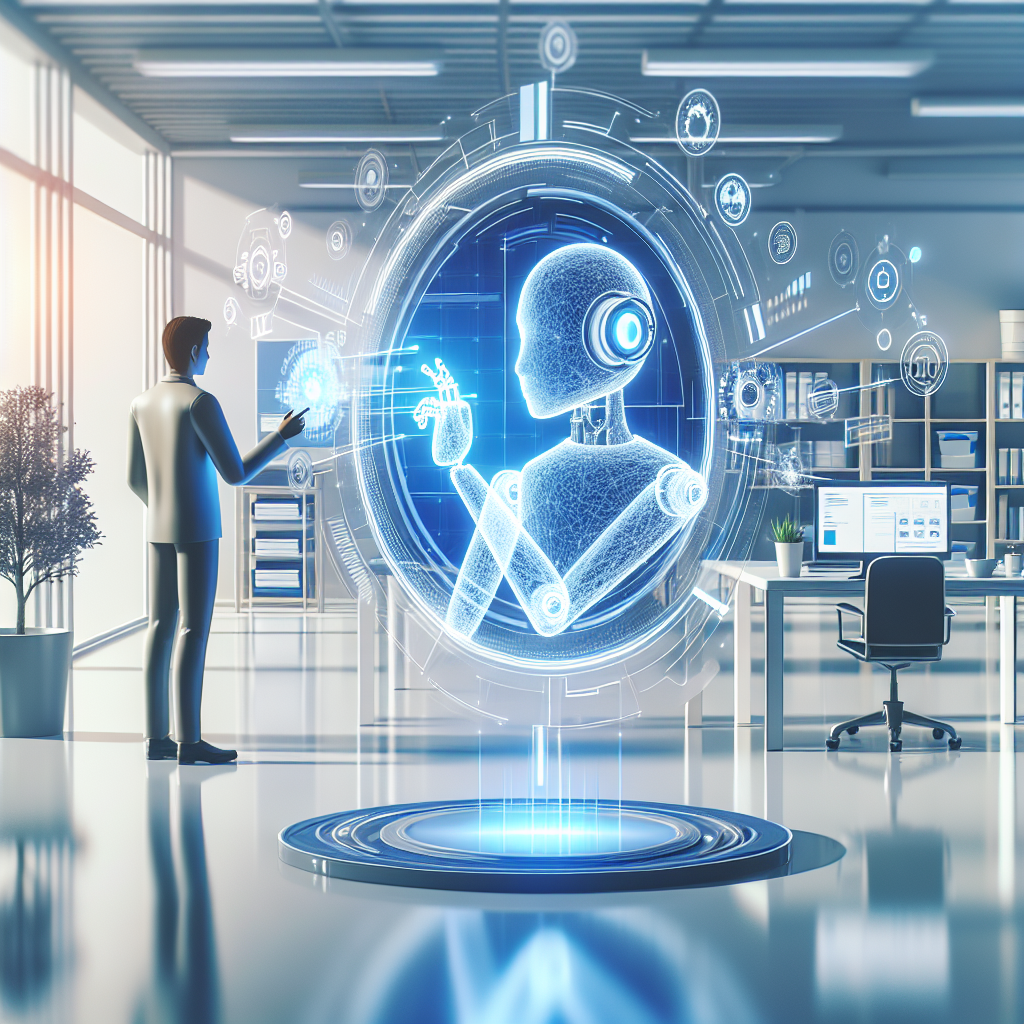
AI image generation models are a type of deep learning model that is specifically designed to generate images. These models typically consist of a generator network and a discriminator network, which work together to produce high-quality images. The generator network takes a random noise vector as input and produces an image, while the discriminator network evaluates the generated image and tells the generator whether it is realistic or not. Through this process, the generator network learns to produce images that are indistinguishable from real images. There are several types of AI image generation models, including GANs, VAEs, and pixel recurrent neural networks (PixelRNNs). Each of these models has its own strengths and weaknesses, and the choice of model will depend on the specific application and desired outcome. For example, GANs are well-suited for generating high-resolution images, while VAEs are better suited for generating images with specific styles or attributes.
Types of AI Image Generation Models
There are several types of AI image generation models, each with its own strengths and weaknesses. GANs are one of the most popular types of AI image generation models, and are well-suited for generating high-resolution images. VAEs are another type of AI image generation model, and are better suited for generating images with specific styles or attributes. PixelRNNs are a type of recurrent neural network that is specifically designed for image generation, and are well-suited for generating images with complex patterns or textures. In addition to these models, there are also several other types of AI image generation models, including conditional GANs, auxiliary classifier GANs, and style GANs. Each of these models has its own unique characteristics and applications, and the choice of model will depend on the specific needs and requirements of the project.
Crafting Effective Prompts
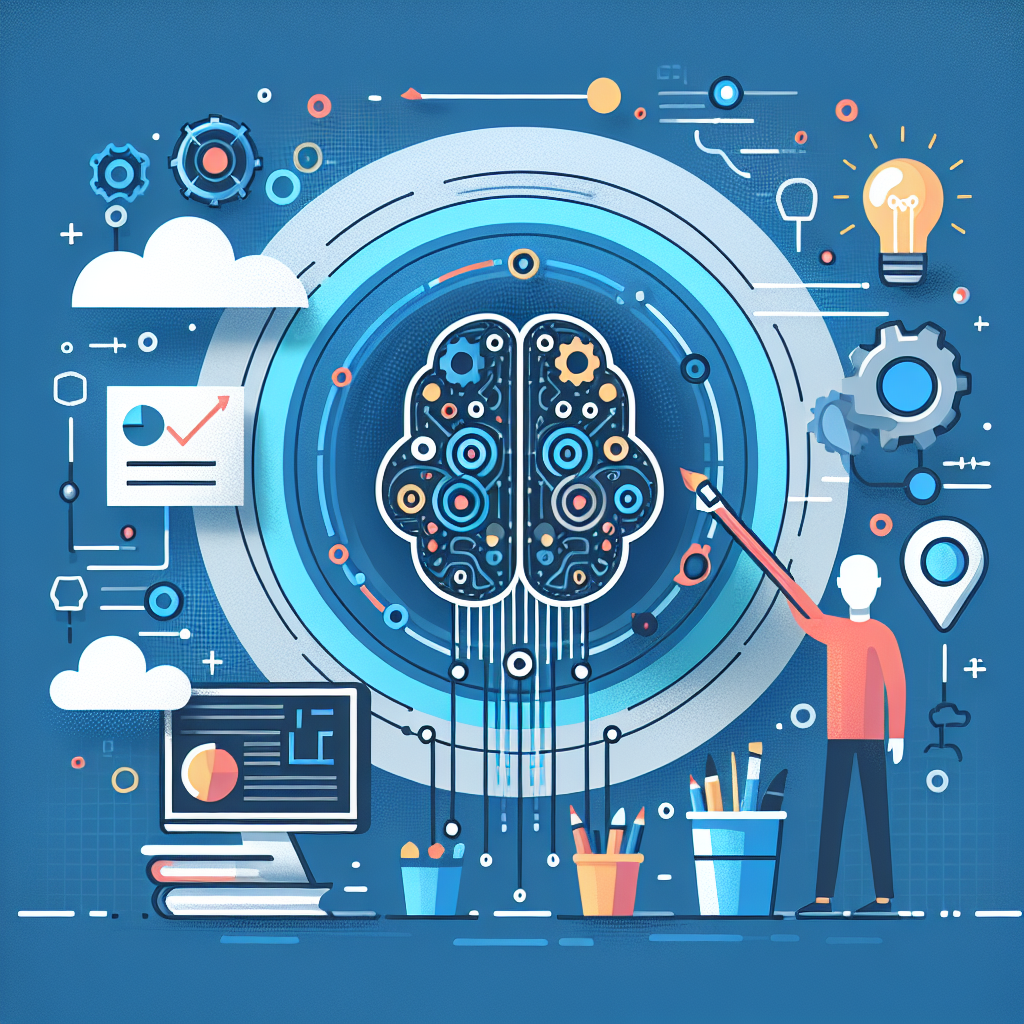
Crafting effective prompts is a critical step in prompting AI to create an image. The prompt should be specific and descriptive, and should provide the AI with a clear understanding of what is being asked. For example, if one wants to generate an image of a cat, they might use a prompt such as “a cat sitting on a windowsill” or “a cat playing with a ball of yarn”. The specificity of the prompt will depend on the desired level of detail and realism in the generated image. In addition to the prompt itself, there are also various parameters that can be adjusted to control the image generation process, such as the style, color palette, and level of abstraction. By carefully crafting the prompt and adjusting these parameters, it is possible to generate high-quality images that meet specific needs and requirements. It is also important to note that the prompt should be concise and to the point, as overly complex or ambiguous prompts can lead to poor results.
Parameters for Controlling Image Generation
In addition to the prompt itself, there are also several parameters that can be adjusted to control the image generation process. These parameters include the style, color palette, and level of abstraction, among others. The style parameter allows the user to specify the style of the generated image, such as realistic, abstract, or impressionistic. The color palette parameter allows the user to specify the colors that should be used in the generated image, while the level of abstraction parameter allows the user to specify the level of detail and realism in the generated image. Other parameters that can be adjusted include the texture, pattern, and composition of the image. By carefully adjusting these parameters, it is possible to generate high-quality images that meet specific needs and requirements.
Real-World Applications of AI Image Generation
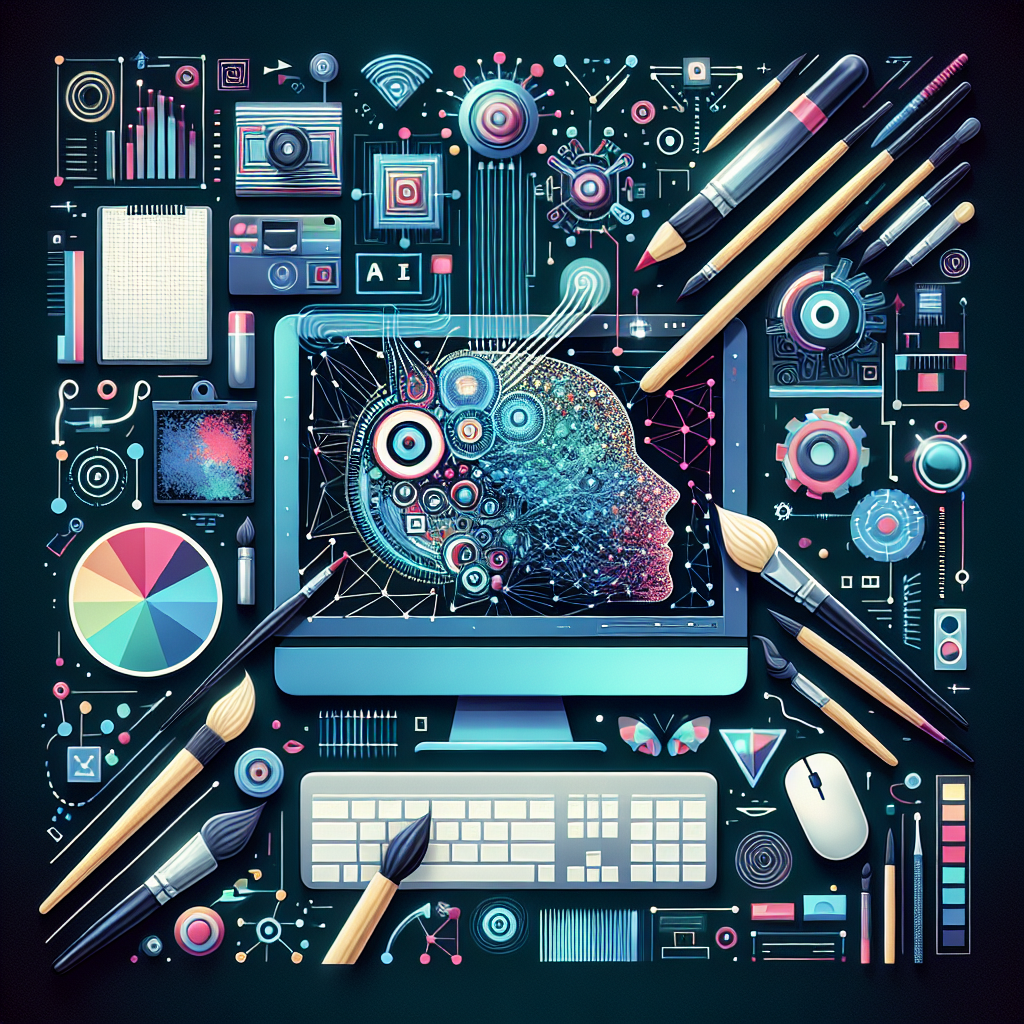
AI image generation has numerous real-world applications in fields such as art, design, and entertainment. For example, AI-generated images can be used to create special effects in movies and video games, or to generate product images for e-commerce websites. AI-generated images can also be used to create personalized avatars or characters for social media or video games. In addition to these applications, AI image generation can also be used to generate images for medical or scientific research, such as generating images of cells or tissues. The possibilities for AI image generation are vast and varied, and the technology is rapidly evolving to meet the needs of various industries and applications.
Case Studies of AI Image Generation
There are several case studies of AI image generation that demonstrate the power and potential of this technology. For example, the AI-generated portrait “Edmond de Belamy” sold for $432,500 at a Christie’s auction in 2018, marking a major milestone in the development of AI-generated art. Another example is the use of AI-generated images in the movie “Gemini Man”, which featured a digitally recreated version of Will Smith as a young man. These case studies demonstrate the potential of AI image generation to generate high-quality, realistic images that can be used in a variety of applications.
Conclusion and Future Directions
In conclusion, prompting AI to create an image is a complex task that requires a deep understanding of natural language processing, computer vision, and machine learning. By carefully crafting the prompt and adjusting various parameters, it is possible to generate high-quality images that meet specific needs and requirements. The possibilities for AI image generation are vast and varied, and the technology is rapidly evolving to meet the needs of various industries and applications. As the field of AI image generation continues to advance, we can expect to see new and innovative applications of this technology, from generating images for medical or scientific research to creating personalized avatars or characters for social media or video games. The future of AI image generation is exciting and rapidly evolving, and it will be interesting to see how this technology continues to develop and shape the world around us.


